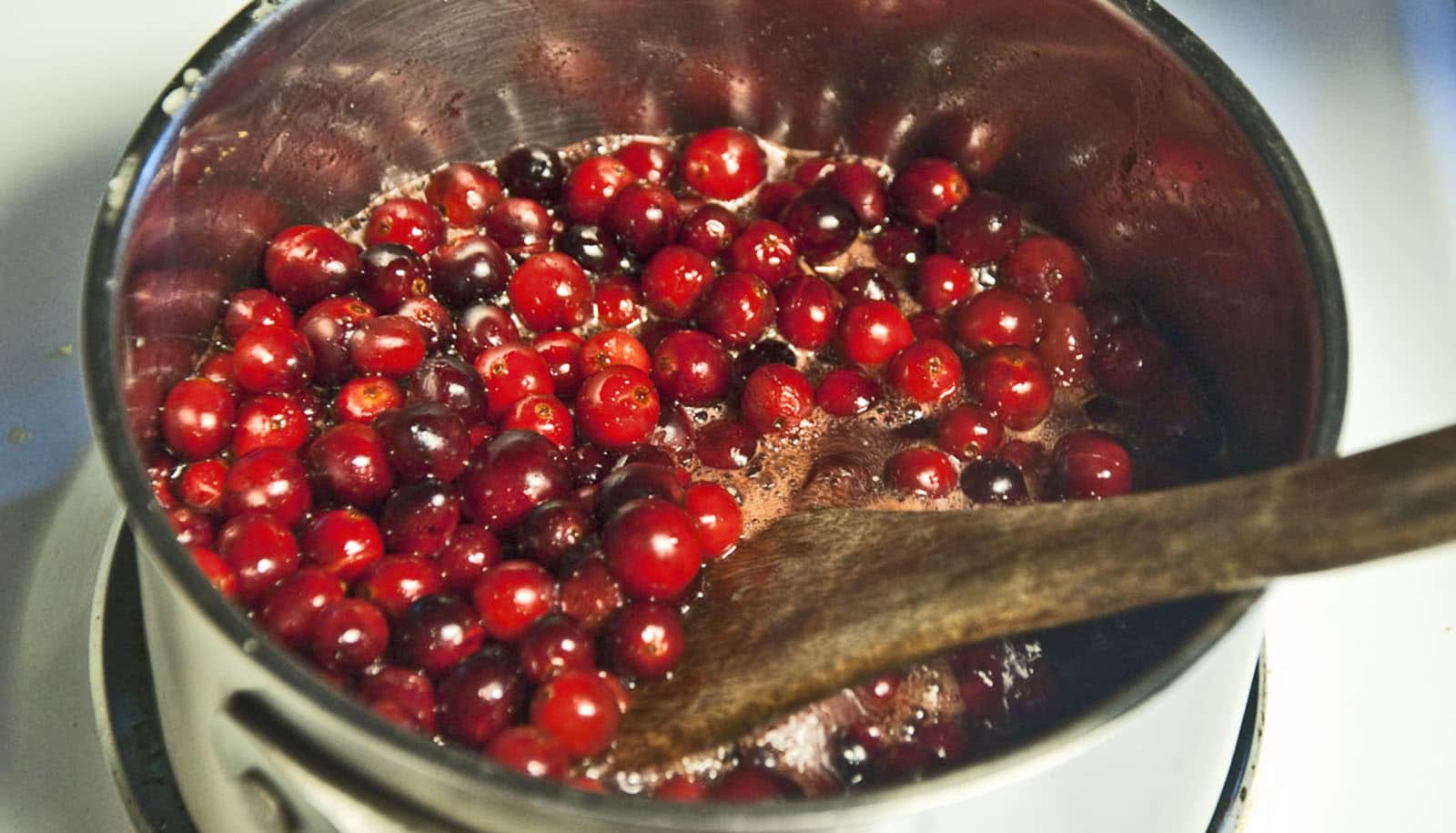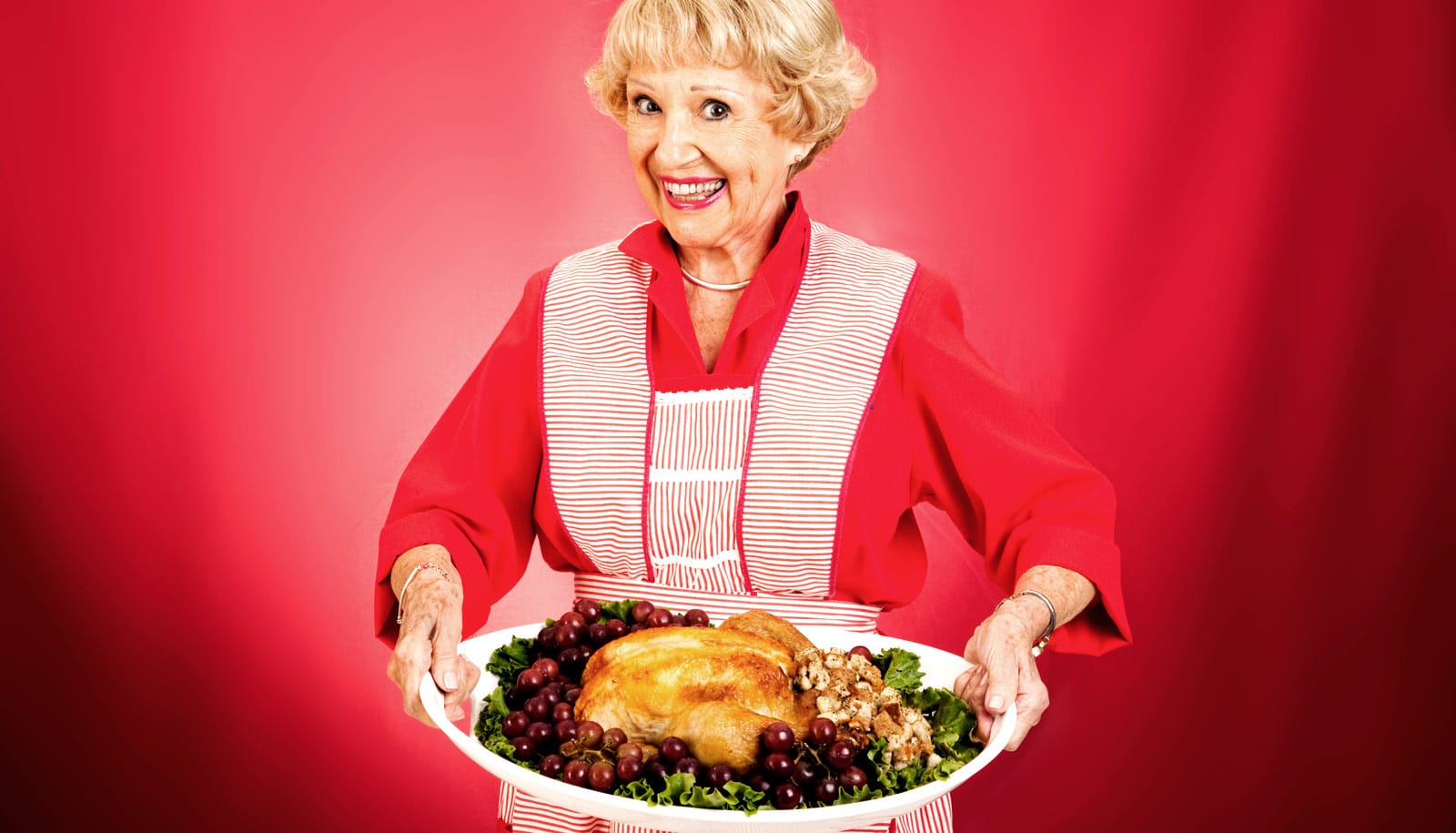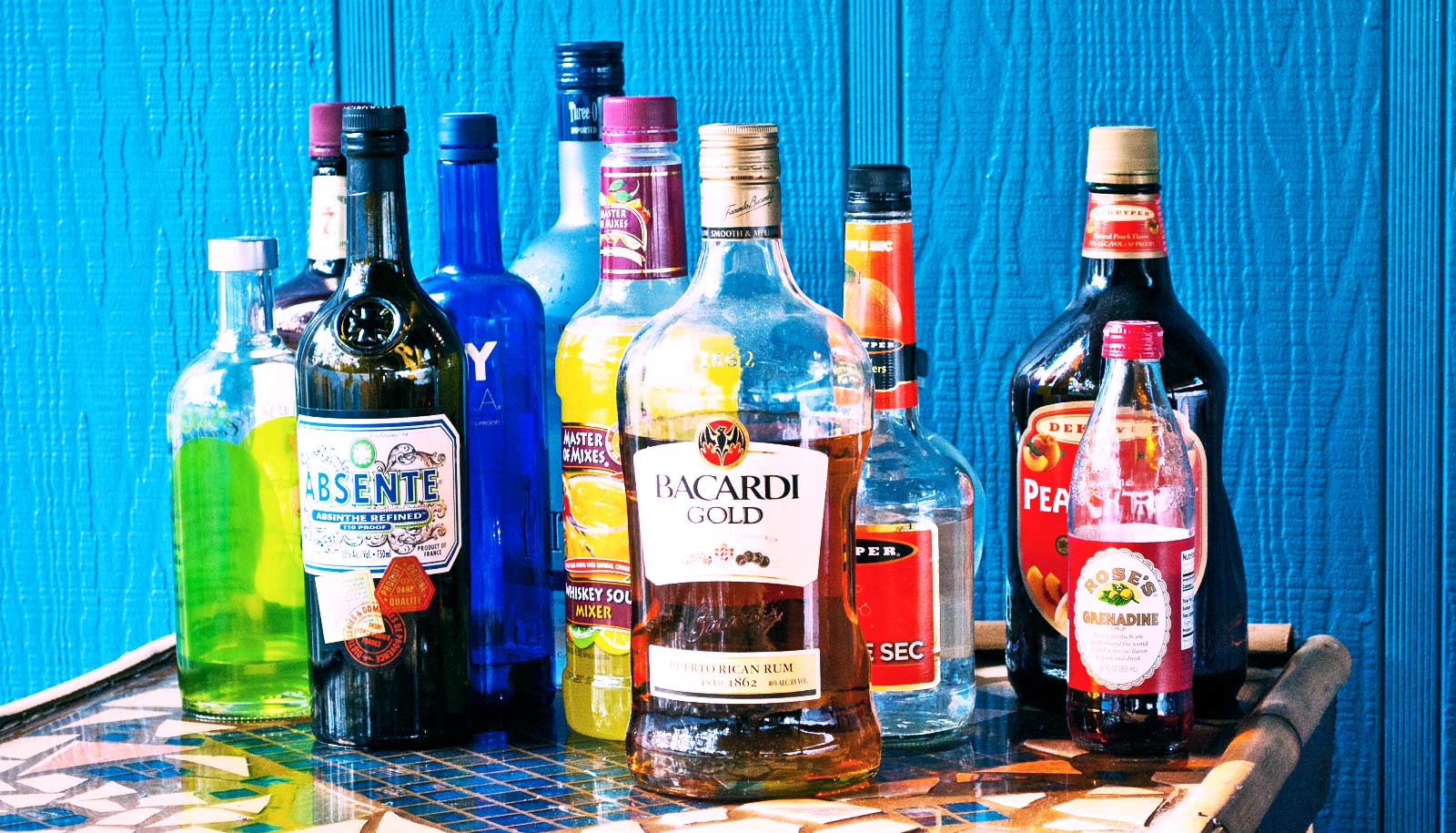Here are expert tips for avoiding food poisoning during the holiday season.
Each year, an estimated 48 million Americans get sick, 128,000 are hospitalized, and 3,000 die of food poisoning, according to the Centers for Disease Control and Prevention.
“…it is not a good idea to eat stuffing cooked inside the turkey.”
“Forgetting about food safety is a recipe for disaster,” says Diane Calello, executive and medical director of the New Jersey Poison Control Center at the Rutgers New Jersey Medical School’s emergency medicine department.
“Don’t prepare food if you have any kind of respiratory illness or infection, as this puts your guests at risk of becoming ill. No matter how busy your kitchen gets during the holidays, always remember the risks of improperly handling food.”
Calello offers advice on how to enjoy the upcoming holidays and avoid the risks of food poisoning:
How can people safely prepare and serve food?
People should remember these four steps: clean, separate, cook, and chill. Wash your hands and surfaces often during food preparation using warm water and soap. Clean fruit and vegetables by simply rinsing them; do not use soap. Be careful of cross-contamination: Keep raw meats, poultry, and seafood separate from other food that requires no further cooking when grocery shopping and in the refrigerator. Use separate cutting boards during preparation—one board for fruits, vegetables, and bread and another board for raw meat, poultry, and seafood. Use a food thermometer to make sure foods are cooked to a safe internal temperature. Keep your refrigerator below 40°F and know when you should discard food.
Refrigerate perishable food within two hours. Thaw frozen food in the refrigerator, in cold water, or in the microwave, and never on the counter. Foodborne germs—bacteria, parasites, and viruses—can grow very quickly in foods left at room temperature for more than two hours.
What are the symptoms of food poisoning?
Food poisoning can happen just a few hours after consuming contaminated food. Symptoms include nausea, vomiting, stomach cramps, diarrhea, and fever.
Who is especially vulnerable to food poisoning?
While everyone is at risk for food poisoning, certain groups such as young children, pregnant women, and those with weakened immune systems from medical conditions are more likely to get sick and develop a serious illness.
What are some common questions the Poison Control Center hears during the holidays—and how do you answer them?
“I ate stuffing cooked in the turkey. Will I get sick?” Although you may not always get sick, it is not a good idea to eat stuffing cooked inside the turkey. It is more likely to be inadequately cooked, increasing the risk of food poisoning. Harmful bacteria (E. coli and salmonella) from the turkey can survive in the stuffing if the stuffing has not reached a temperature of 165°F at the center. Cook stuffing in a separate dish to prevent illness.
“We made a batch of pot brownies to share with adult guests. Somehow the pot brownies ended up on the dessert table and were eaten by all our guests, including children. What do we do?” It is difficult for anyone to tell the difference between a food product that contains THC (the active substance in marijuana that makes a person feel high) and one that does not contain THC. Marijuana edibles at home must be locked up to prevent accidental ingestion. Unlike adults, children who ingest marijuana edibles are at a much higher risk for severe health effects. Effects can be fatal.
How can people stay safe when drinking alcohol and recognize alcohol poisoning?
Intoxication can lead to death or permanent brain damage. People consume alcohol more frequently during the holidays, so it’s important to understand how to drink safely and recognize alcohol poisoning.
People often consider how many drinks they’ve had, but don’t consider the volume or alcohol content of those drinks. A standard drink is said to be: 12 ounces of beer at 5% alcohol by volume, 5 ounces of wine at 12% alcohol by volume, or 1.5 ounces of 80-proof liquor at 40% alcohol by volume. Most alcoholic drinks are not consistently measured, which makes it difficult to know exactly how much alcohol you are consuming. In addition, drinks today, especially craft beers, often have a much higher alcohol content than they did in the past.
How can people keep their pets safe? What foods should we not feed them from the table?
Just like children, pets are quick and can get into dangerous products in no time at all.
Some holiday foods can be dangerous to pets—chocolate, candy, bread, and dough, fatty meat scraps, grapes, raisins, and currants, sugarless products, and cocoa. Artificial sweeteners like xylitol can cause severe illness if pets eat products containing this ingredient.
To pets, everything looks like food, even products that aren’t edible. Be on the lookout for other common household dangers like button batteries, small magnets, vapes and nicotine products, medicines, and recreational and illegal drugs.
Keep dangerous products up high and out of sight and reach of pets. If your pet can see it, your pet can reach it. If any of these items are swallowed, get help fast from a veterinarian, animal hospital, or the Pet Poison Helpline.
Source: Rutgers University



